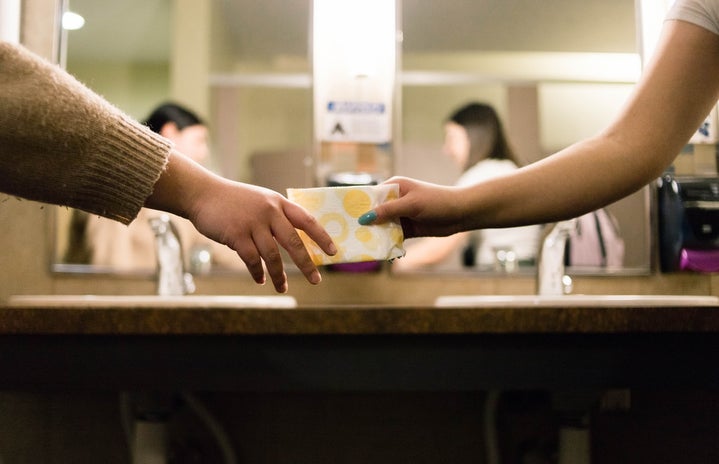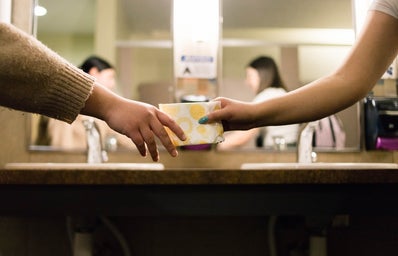by Casey Schellberg
Although not talked about very often, period poverty is very real. Feminine hygiene products are expensive and not always the first thing people think of donating to local shelters and charities. A typical woman uses about 20 tampons per period, which can cost up to $7. That may not seem like a lot, but that’s $140 a year, which many low-income families would much rather use on food or other necessities. Unfortunately, this leads to many women using unsanitary alternatives to the pad or tampon, such as socks, paper bags, and cardboard.
This lack of access to sanitary products then trickles down into the education of these girls and women. Many girls who suffer from period poverty end up missing school for their period simply because they don’t have access to the supplies they need to leave their living situation. And as we all know, no girl wants to risk having a period accident in public. This widens the already prominent gap between boys and girls in school, especially in STEM education; all because the girls have to miss school for something they cannot control. It is now up to the schools to address period poverty to support these low-income girls and women to be able to still have access to education when on their period, despite their lack of resources, just like they would for any other low-income child or child with medical issues.
One of the easiest ways schools can address period poverty is by supplying girls with period products. A lot of schools have dispensers in their bathrooms, but often they are empty, leaving those who need them disheartened when they go to get one. Simply adding filling the dispensers to the janitors to-do list when cleaning the bathrooms can be a big change to those girls in need. Other options include stocking the nurse’s office or teachers with products to give out, but both of these environments aren’t as private and subtle as the bathrooms. This availability of products should also be offered to students outside of school hours, just like some students get food sent home for dinner and weekend meals.
Schools can also include period related sickness to their accepted list of reasons to be absent. Girls and women need to advocate for this just like many students advocated for mental health reasons to be an acceptable excused absence. Often, girls suffer from symptoms such as unbearable pain, headaches, and can even throw-up from their period. A lot of times these symptoms are dismissed when it is found out the girl is on their period, yet if any boy showcased these symptoms, he wouldn’t be questioned. Excusing an absence without a doctor’s note for period-related sickness should be acceptable and unquestioned. The same should go for when a girl tells her teacher she isn’t feeling well or needs to go to the bathroom.
Period poverty has a huge impact on the lives of girls and women, including their education. Bringing this issue up and suggesting the solutions I stated above are great first steps to getting low-income women and girls the help, education, and necessities they need and deserve. No female should be held back by their period.


